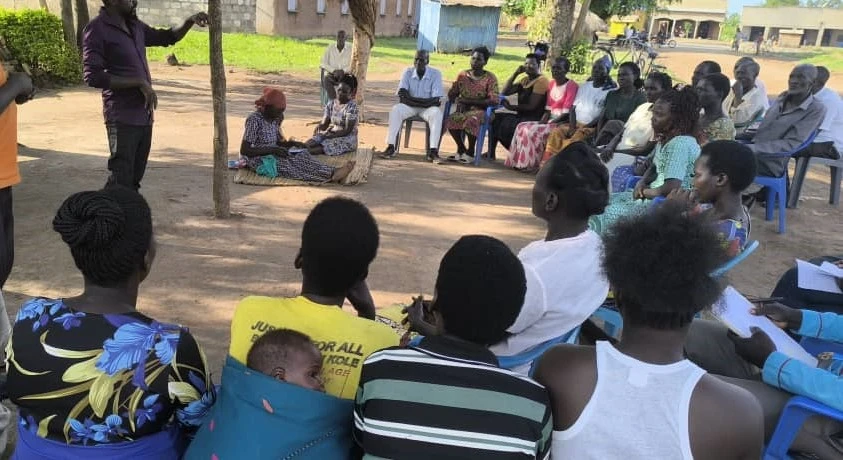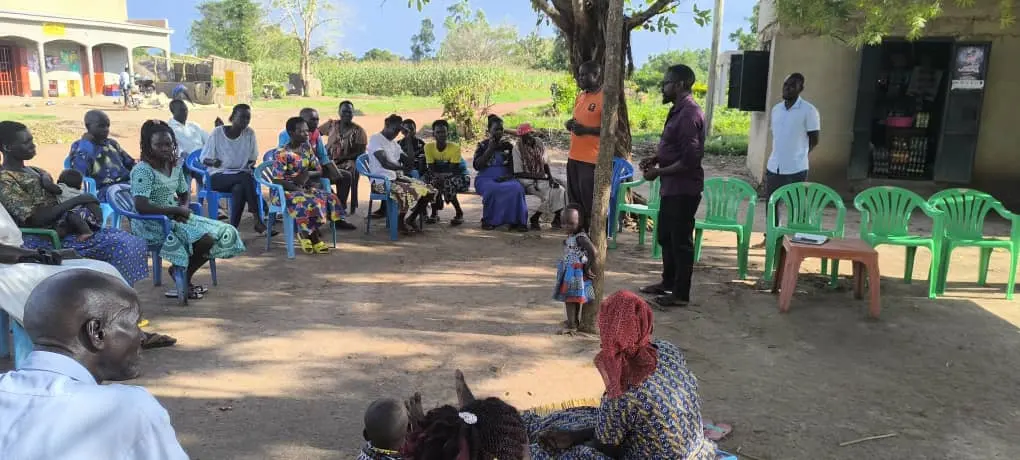In the realm of community development and sustainable agriculture, monitoring and evaluation play a crucial role in assessing the effectiveness and impact of programs. At Agrosahas International PVT LTD, we prioritize the rigorous measurement of our initiatives to ensure accountability, drive continuous improvement, and maximize positive outcomes. Join us as we delve into the intricacies of monitoring and evaluation, exploring key components, impact assessment, and effective strategies for program measurement.
Understanding Monitoring and Evaluation
Monitoring and evaluation (M&E) involve systematically tracking and assessing the progress, performance, and outcomes of programs and projects. By collecting and analyzing data at various stages of implementation, organizations can identify strengths, weaknesses, and areas for improvement, ultimately enhancing program effectiveness and impact.
Key Components of Monitoring and Evaluation
- Clear Objectives and Indicators: Effective monitoring and evaluation begin with clearly defined program objectives and measurable indicators. These indicators serve as benchmarks for tracking progress and assessing outcomes, guiding data collection and analysis efforts.
- Data Collection Methods: M&E activities rely on robust data collection methods, including surveys, interviews, focus groups, and quantitative assessments. By employing a mix of quantitative and qualitative approaches, organizations can gather comprehensive data to inform decision-making and programmatic adjustments.
- Data Analysis and Interpretation: Once data is collected, it must be analyzed and interpreted to extract meaningful insights. Data analysis techniques may include statistical analysis, trend analysis, and thematic coding, allowing organizations to identify trends, patterns, and emerging issues within their programs.
- Feedback Mechanisms: Effective monitoring and evaluation systems incorporate feedback mechanisms to solicit input from stakeholders, beneficiaries, and partners. Feedback loops enable organizations to gather insights, address concerns, and foster collaboration, ensuring that programs remain responsive to community needs and priorities.
- Learning and Adaptation: Continuous learning and adaptation are central to the monitoring and evaluation process. By reflecting on findings, identifying lessons learned, and making timely adjustments, organizations can enhance program effectiveness, drive innovation, and maximize impact over time.

Assessing Impact in Monitoring and Evaluation
Impact assessment is a critical component of monitoring and evaluation, focusing on the long-term outcomes and effects of programs on target populations and communities. Impact assessment seeks to answer key questions about the extent to which programs have achieved their intended goals and objectives, as well as their broader social, economic, and environmental effects.
Strategies for Effective Program Measurement
- Baseline Data Collection: Establishing baseline data prior to program implementation provides a reference point for measuring change and progress over time. Baseline data helps organizations set realistic targets, track performance, and demonstrate the impact of their interventions.
- Regular Progress Monitoring: Ongoing monitoring allows organizations to track program implementation, identify emerging challenges, and make course corrections as needed. Regular progress monitoring enables agile decision-making and ensures that programs remain on track to achieve their objectives.
- Participatory Evaluation: Involving stakeholders and beneficiaries in the evaluation process enhances transparency, accountability, and ownership. Participatory evaluation approaches empower communities to voice their perspectives, priorities, and concerns, fostering a sense of ownership and empowerment.
- Utilization of Results: Effective monitoring and evaluation go beyond data collection and analysis to inform decision-making and programmatic action. Organizations should actively utilize evaluation findings to inform program design, resource allocation, and strategic planning, driving continuous improvement and learning.
Conclusion
Monitoring and evaluation are essential components of effective program management and organizational learning. By systematically tracking progress, assessing outcomes, and measuring impact, organizations can enhance accountability, transparency, and effectiveness in their community development initiatives. At Agrosahas International PVT LTD, we remain committed to robust monitoring and evaluation practices, leveraging data-driven insights to drive positive change and sustainable development in the communities we serve.




